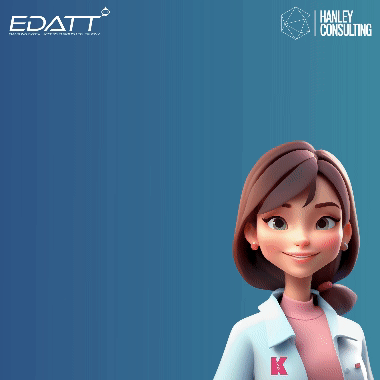Derby Teaching Hospital was keen to find a solution to ensure system-based patient admissions, transfers and discharges could continue to be managed in the event of planned or unplanned downtime. Restart’s PAS Mirror provided this Business Continuity assurance.
The main EPR system in use at the Trust is Lorenzo Care Management, to manage patient admissions, transfers and discharges. This information is passed onto, and integrated with, other critical clinical systems via the Trust Integration Engine (TIE), ‘Ensemble’. Occasionally, the Trust experiences an EPR outage which causes Lorenzo data to be unavailable, significantly impacting patient care and forcing clinical staff to revert to a crude, paper-based business continuity process.
This back-up process could create additional risks by introducing paper and manual processes during these disruptions. To override this problem, Derby Teaching Hospitals wanted to ensure that they had an improved contingency in place should they lose access to Lorenzo or their critical system interfaces again.
Mark Norwood, Associate Director of IM&T at the Trust said: “The impact of our PAS / core EPR not running for whatever reason can be quite severe, not only because of the loss of the system itself but of all the downstream systems it interfaces with. This affects us at an operational and efficiency level and also from a patient safety perspective. There is clinical risk involved in not being able to access and update patient records and appointments at the point of care which can impact on clinicians being able to do their jobs effectively. The priority for us was to future-proof ourselves against any outages and ensure we had control over a backup plan should the worst happen.”
The Trust approached ReStart Consulting, a long-term integration services and support partner with whom they had worked on several complex integration projects, to map out a cost-effective, multi-layered business continuity solution. This was to be based on the ‘PAS Mirror’ database ReStart had previously developed for the Trust.
The concept of the Business Continuity / PAS mirror solution is now being discussed across other Trusts in the UK, not only for Lorenzo but also all other major EPR / PAS implementations.
The ReStart Solution
The Trust was keen to find a solution to ensure system-based patient admissions, transfers and discharges could continue to be managed in the event of planned or unplanned downtime.
The ‘PAS Mirror’ itself is a store of data and transactions that mirror those being performed within Lorenzo, and is used as a PMI for smaller clinical and non-clinical systems, management information and reporting purposes. By creating additional screens to capture patients’ admissions, transfers and discharges in the event of an EPR failure, Derby was able to keep the ‘PAS Mirror’ up to date and ensure all downstream systems and interfaces continued to function.
Mark Norwood said: “In essence, what ReStart provided for us was a way of ensuring we could continue to work as normal when Lorenzo Care Management was not available. It is an absolutely essential back-up plan and one which has now been enhanced further to capture movements of patients in Emergency Care.”
Derby Teaching Hospitals NHS Foundation Trust has a series of critical clinical systems that are linked to Lorenzo so it was crucial for the organisation to ensure the downstream systems continued to function to avoid further disruption. The Business Continuity ‘PAS Mirror’ allows the Trust to send messages to the Ensemble integration engine, mimicking the Lorenzo feed. This ensures all critical systems such as electronic prescribing and medications administration, electronic ordering and results management, electronic whiteboards, eObservations, Radiology, PACS and Pathology, continue to receive these updates and function as normal.
Onwards and Upwards
After a successful implementation, the Business Continuity solution has now been running at the Trust since its Go-Live in early 2016 with no downtime or data loss experienced during Lorenzo outages.
Mark Norwood said: “We are already acutely aware of the practical benefits of this new solution which was used during a planned outage in March 2016. The additional functionality which ensures we can also track Emergency Care patients in the event of any downtime will significantly improve our ability to manage patients. We are confident the measures we have taken help us minimise clinical risk, ensure patient safety, improve data quality and avoid the need for paper-based back up processes”.




